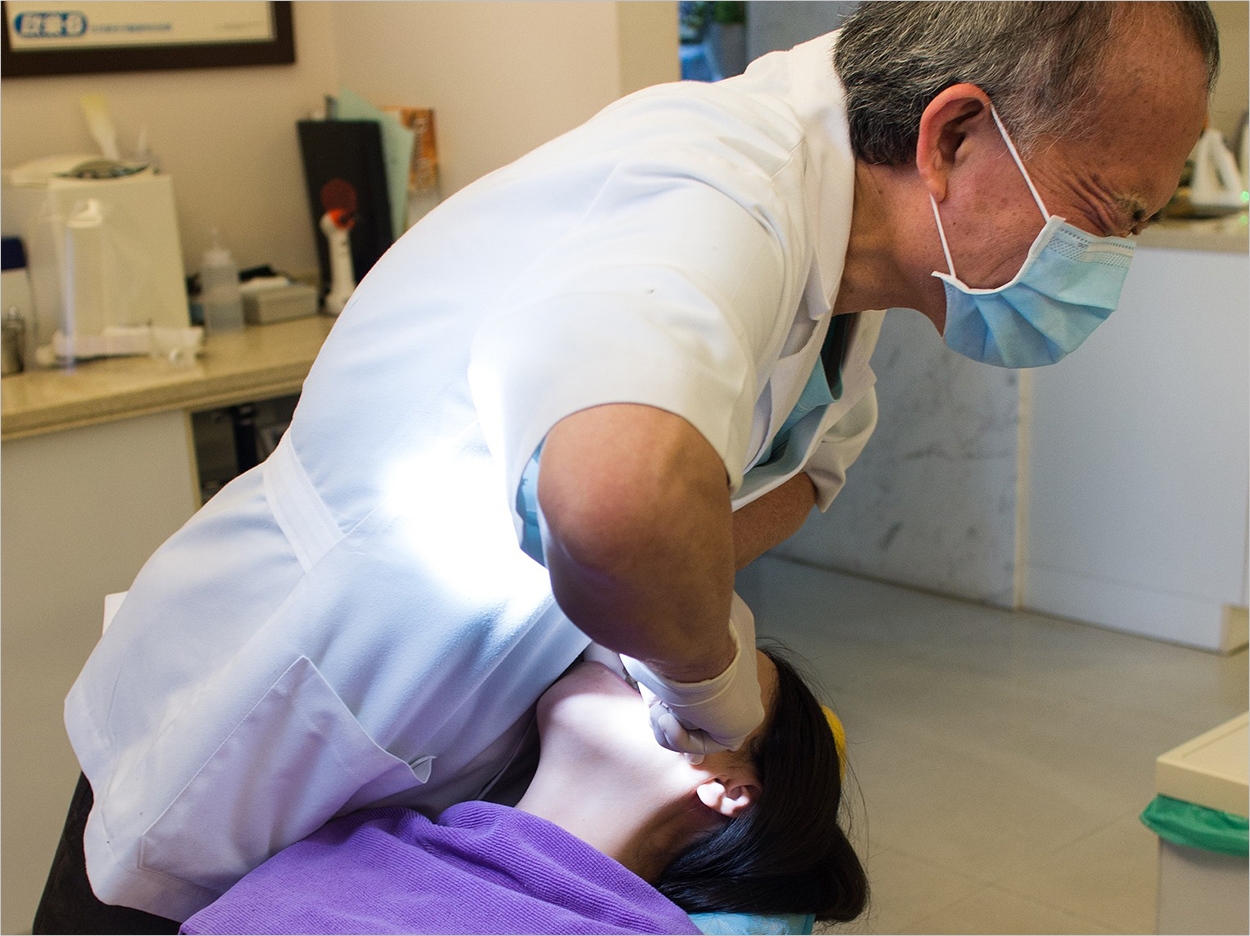
Adults from areas of high deprivation were less likely to receive prevention care and advice and more likely to have a tooth extracted compared to adults from the least deprived areas, reports the King’s College London Dental Institute and the University of Portsmouth Dental Academy in a study of a state-funded primary dental care training facility in England.
The researchers examined routine clinical and demographic data from 2008 to 2012 for individual factors such as demography, smoking status, and exemptions from payment as well as for contextual factors, including deprivation based on area of residence, to identify factors that predict the types of dental treatment received.
The data involved 6,351 dental patients who received 147,417 treatment procedures delivered across 10,371 courses of care. The 5 most frequent procedures were tooth restoration (51.5%), instruction and advice (49.2%), scale and polish (38.7%), tooth extraction (25.1%), and partial dentures (5.1%). The data indicated the following:
- Adults from the most deprived quintile were more likely to receive “tooth extraction” when compared to the least deprived and less likely to receive preventive “instruction and advice.”
- There was also evidence of a higher rate of “tooth extraction” among adults who were exempt from payment, 65 years old or older, and male.
- Preventive care was much more commonly provided at the facility than it was nationally.
- Smokers had a higher likelihood of receiving all treatments and were notably more than 4 times more likely to receive “instruction and advice” than nonsmokers.
- The odds of receiving treatment increased with age among adults.
“We know from other research that people from areas of higher deprivation are more likely to suffer from tooth decay, less likely to attend [dental appointments] regularly, and only go for emergency care when in trouble,” said Jenny Gallagher, BDS, PhD, co-author of the study and a professor at King’s College London.
“We want to encourage patients not to wait but to attend regularly so that dental disease can be picked up early and the need for extraction is reduced. Also to ensure that they take any preventive care and advice available to reduce the risk of further disease,” said Gallagher.
“Our study provides evidence of an increasing need for treatment with age, smoking, exemption from payment, and deprivation status, all of which have implications for health services planning and provision,” said Gallagher.
“The results provide a crucial insight into the provision and receipt of contemporary dental care and should inform discussions on performance indicators that target priority groups such as smokers and future planning for our aging population,” said Gallagher.
“In utilizing routinely collected data from visits to the dentist, we were able to understand more about patients’ needs and plan services effectively,” said principal investigator Kristina Wanyonyi, PhD, MPH, of the University of Portsmouth Dental Academy. “This research provides evidence on the need to promote the availability of electronic records for use in patient-centered research.”
The study, “Dental Treatment in a State-Funded Primary Dental Care Facility: Contextual and Individual Predictors of Treatment Need?” was published by Plos One.
Related Articles
Most Older Americans Lack Dental Insurance and Oral Healthcare
RAM Reaches Thousands of Needy Patients in the United States
Grants Target Early Childhood Caries Prevention Programs


